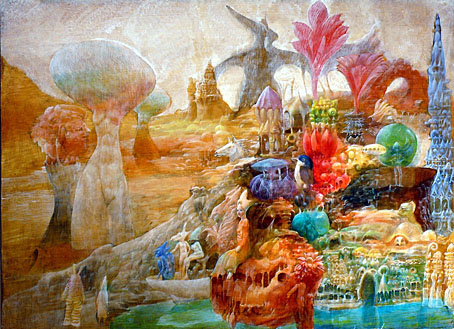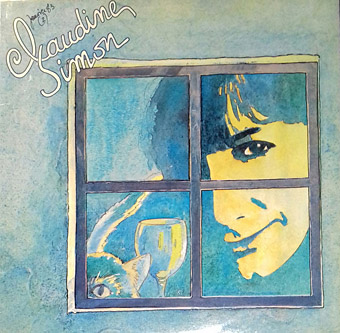
Claudine Simon (1980) by Claudine Simon.
Continuing an occasional series about artists or designers whose work has appeared on record sleeves. Belgian artist François Schuiten is a familiar name here, being the co-creator with Benoît Peeters of the Obscure World, one of my favourite zones of fantastic invention. The Obscure World has grown to become a multimedia endeavour so Schuiten’s involvement with some of the later entries in this post goes beyond providing the cover art to being connected to the music itself.
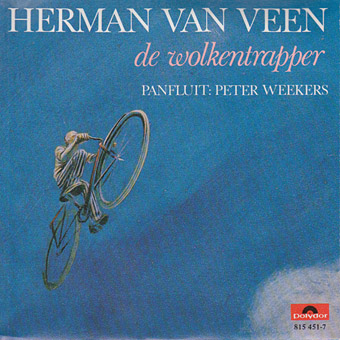
De Wolkentrapper (1983) by Herman van Veen.
Herman van Veen is a Dutch writer and singer who produced a number of albums and singles in the 1980s featuring Schuiten cover art. The gravity-defying people are from an early comic strip unattached to the Obscure World mythos, Going to Pieces.
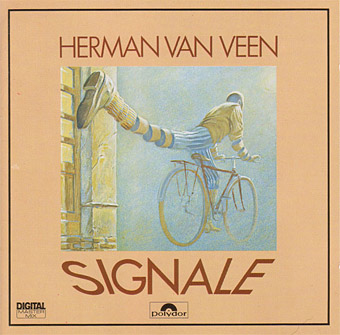
Signale (1984) by Herman van Veen.
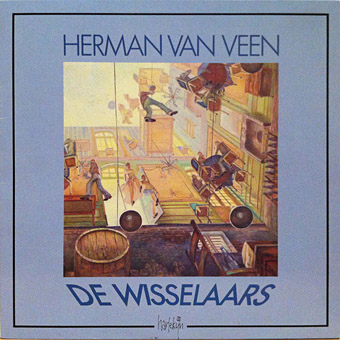
De Wisselaars (1985) by Herman van Veen.
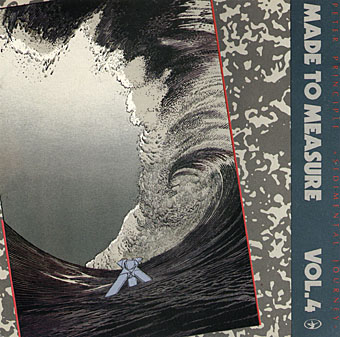
Sedimental Journey (1985) by Peter Principle.
The Obscure World makes its cover debut on this solo release by the late Peter Principle, bass player in Tuxedomoon. Principle was American but Tuxedomoon were based at the time in Europe, and their record label, Crammed are Belgian. Obscure World aficionados will recognise the structure about to be submerged by a vast wave as the Network, an inexplicable object first seen in Fever in Urbicand (1985).

